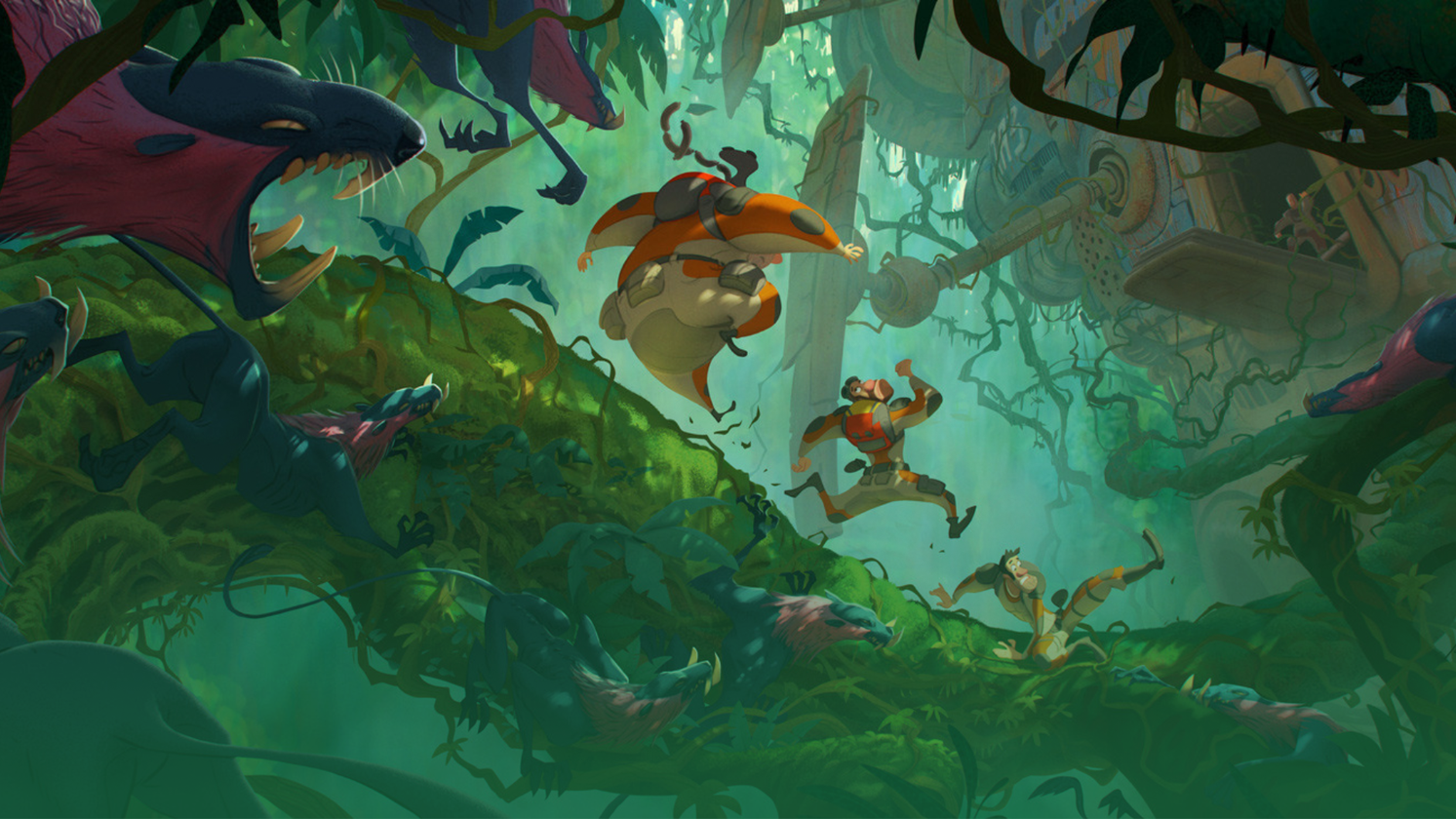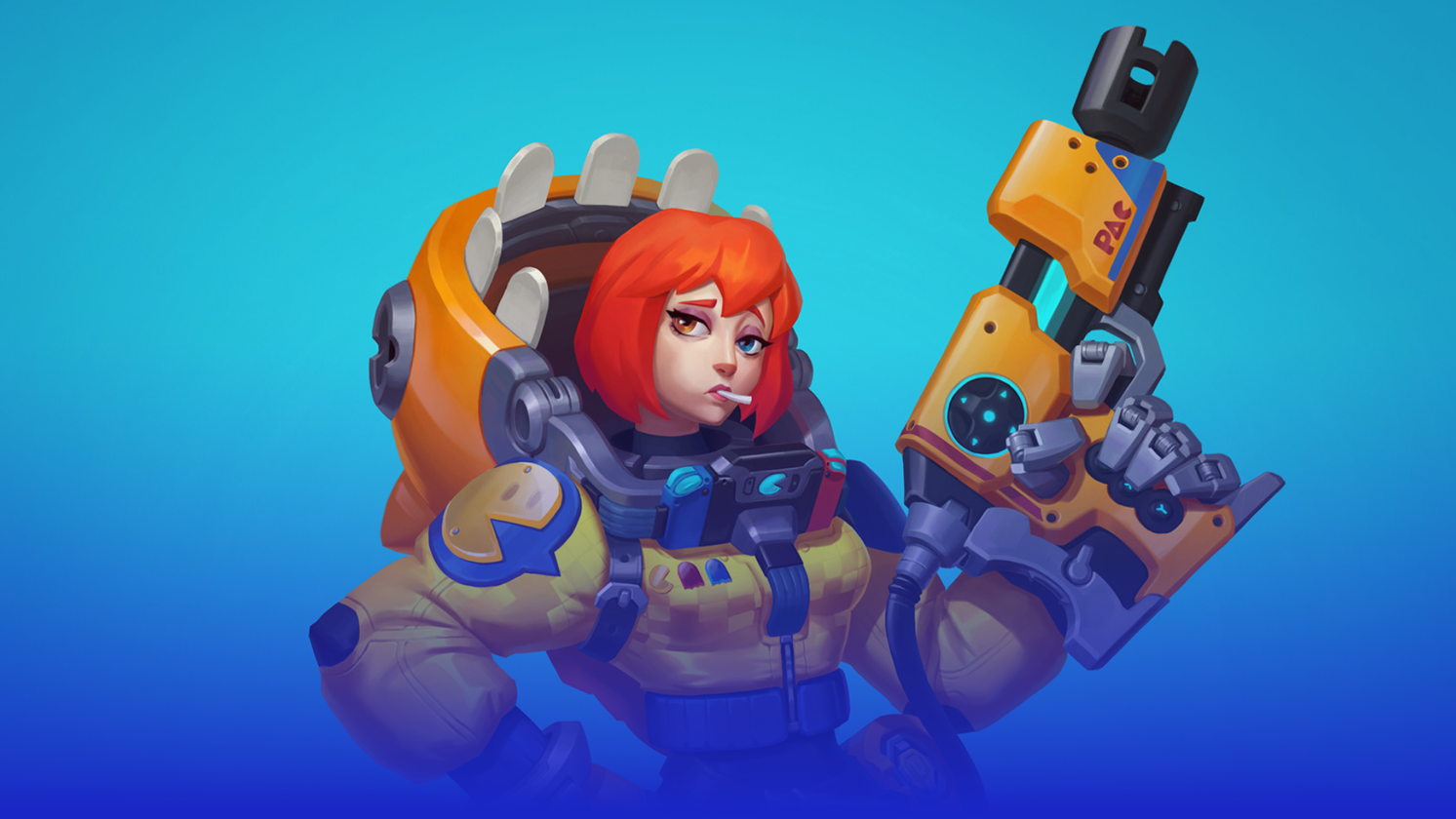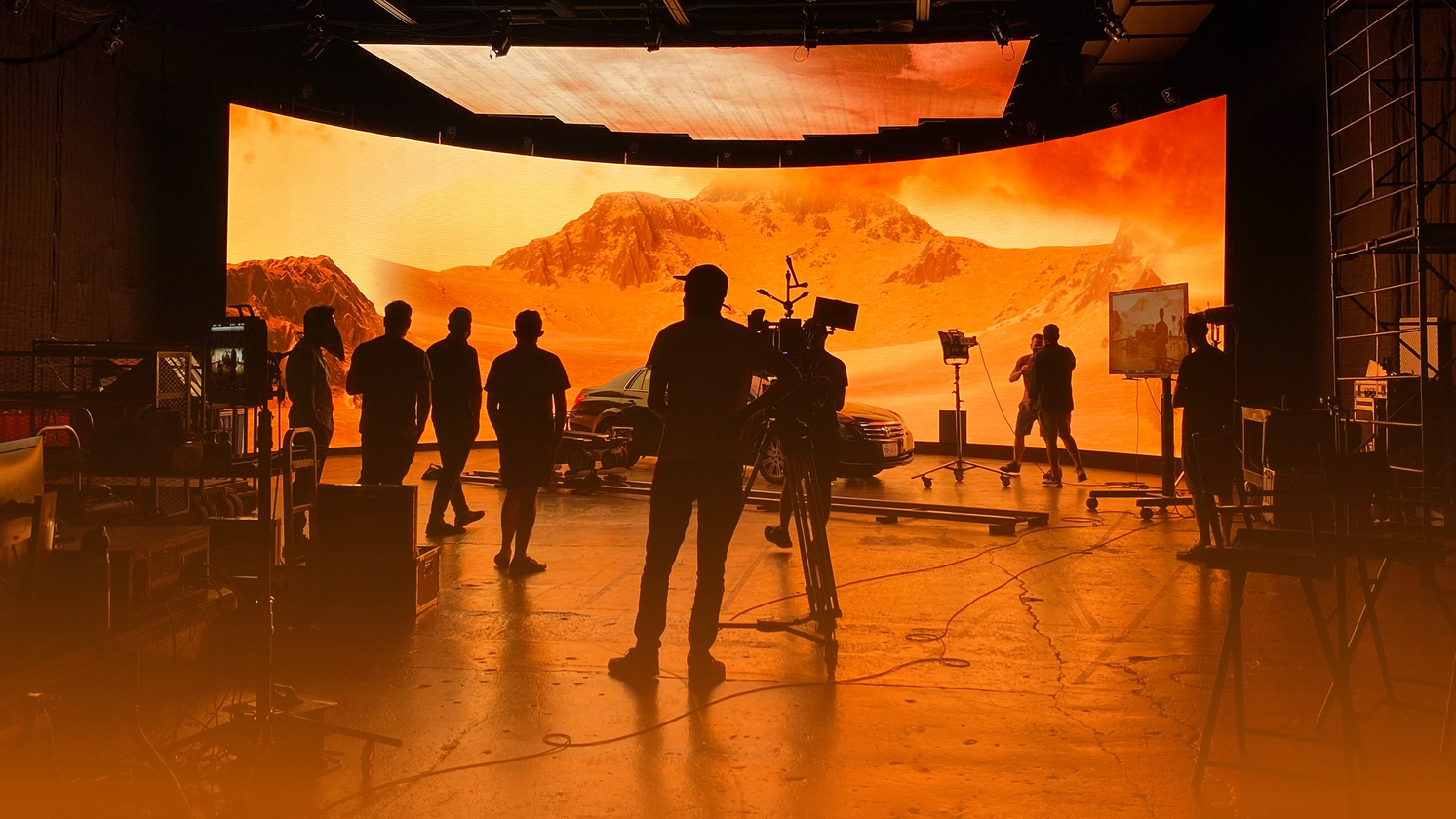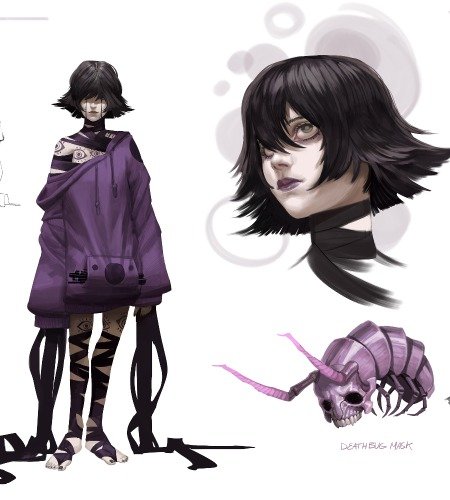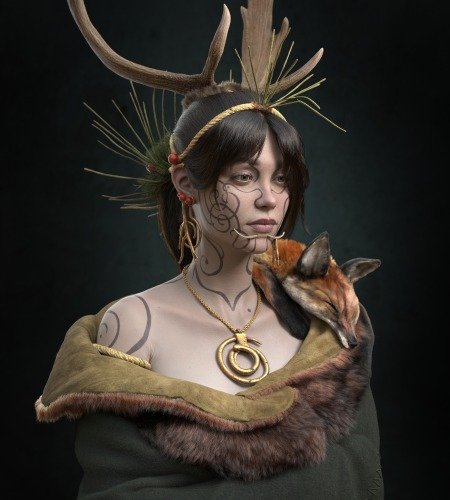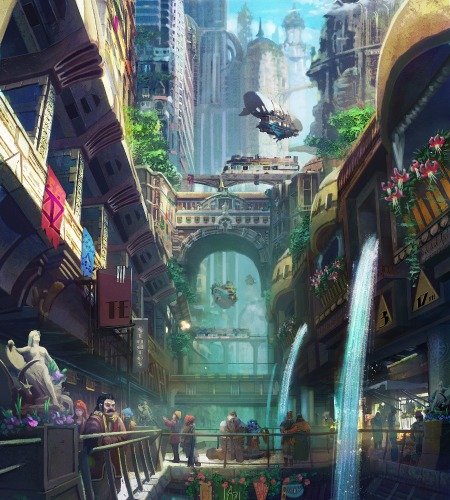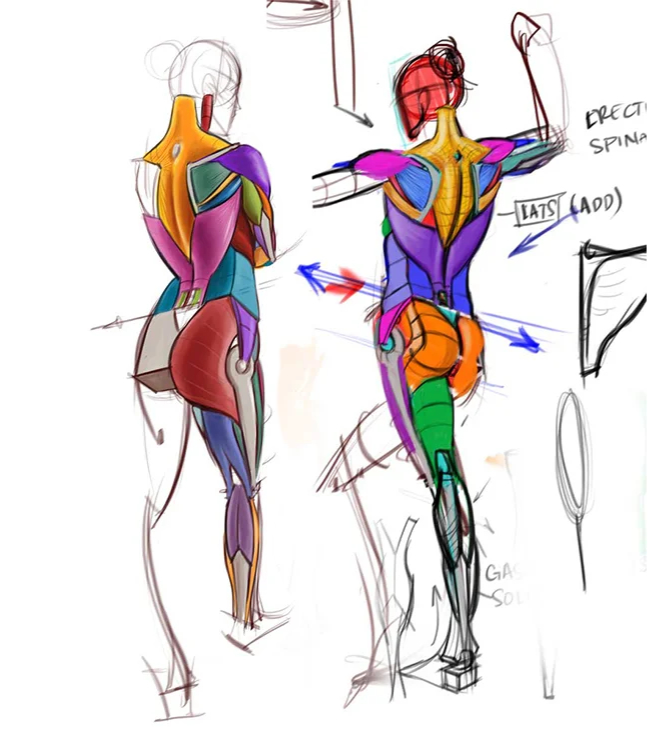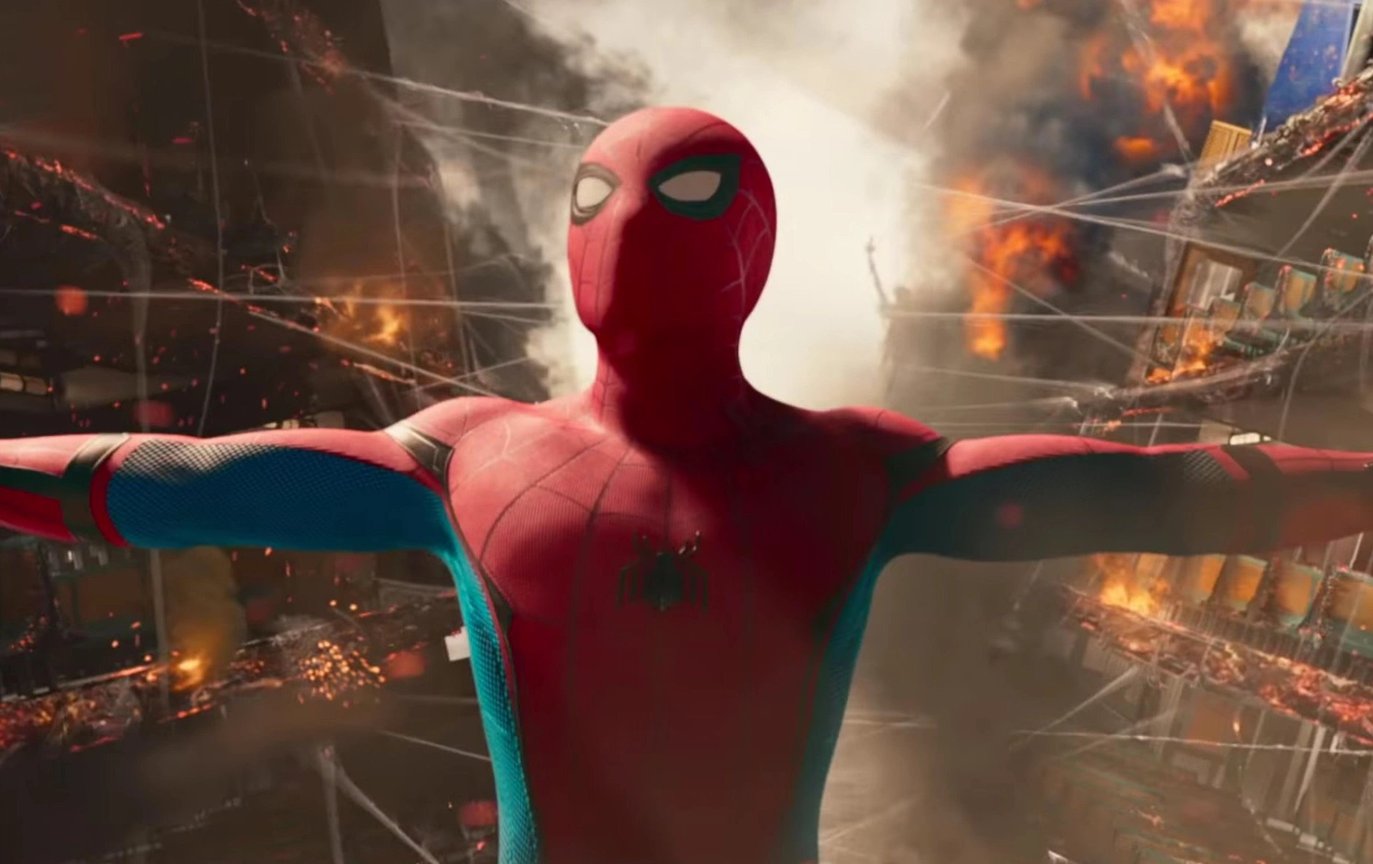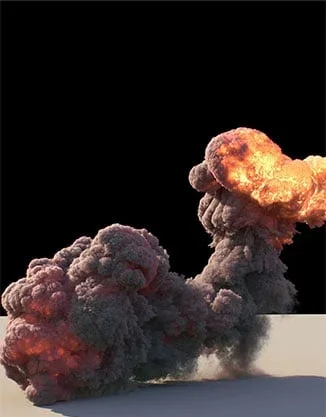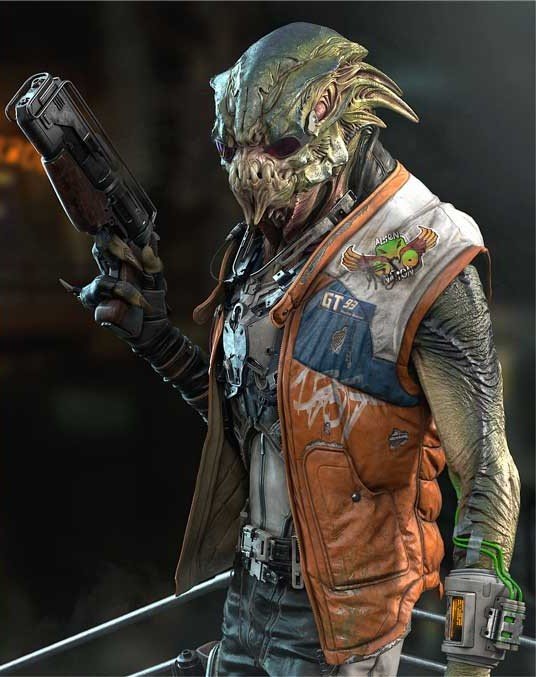Pteracephalous: Developing the Creature
Freelance artist Laura Gomez shows us how her final design is completely different from her first week and why that’s okay. Laura took Creature Design for Film and Games with Bobby Rebholz.
Introduction
My name is Laura Gómez and I’m from Guadalajara, Mexico. I graduated from UDG with a Visual Arts Bachelor Degree where I learned traditional arts and techniques. I work as a freelance artist for independent animated short films, mostly in my own country, currently, I’m working on the independent short film “Nemi”.
I enjoy drawing animals and I often go to my city zoo to draw and take photographs. I took this course because I wanted to improve my drawing skills and learn how to create my own creatures with a more professional approach.
Reference and Client Briefing
For the moodboards, I picked animals who look strong and agile. I added a lot of bovines, they are some of my favorite animals to draw, mostly because I like their general shapes and the design of the horns and antlers. I also picked a bunch of extinct animals, some giant mammals and land birds, and of course, dinosaurs. Prehistoric animals have wonderful features and shapes. Lastly, I added some insects, abyssal fish, and sea slugs because these animals are quite strange looking and have really unique and weird characteristics that could help me to make the creature more interesting.


The first sketches came out easily, but I had some struggles as I went forward and felt like I was running out of ideas. In the end I got a lot of sketches, some more successful than others, but definitely the weirdest designs arrived in the last stage of the sketching process. I learned the importance of forcing yourself to keep going, as the saying goes “no pain no gain.”




Anatomy, Muscles, and Skeletal Structure
I chose three creatures based on Bobby’s comments on the sketches and my friend’s favorites. I tried to pick creatures who looked distinct from each other, built from very different animals. Each one of these creatures has its own unique characteristics and personality. I didn’t make any important changes in the design at this stage.


Creature Heads
For the head structure, I used an American Buffalo as a base, mixed with a Triceratops for the beak and nose in some of the variations. For the eyes I wanted an old, calm personality, I always envisioned this creature like an alien ox, quiet most of the time, but also powerful and dangerous if you make it angry. I based the eyes on rhinoceros and cows. Although I liked the final headshot, the eyes didn’t make it to the final design


Finalize Design/Head Shots/Final Presentation
The final creature keeps, for the most part, the same features that I had in mind from the beginning: a big, strong, lonely animal with big horns. I envisioned it living in wide, semi-arid plains, similar to the African savannah. The head was the part that required the most iterations to get right. The design for the horns changed drastically at each step of the process. From the very beginning, Bobby pointed out that they were kinda useless as a weapon, and it took a lot of effort to come up with a justification that made sense and a design to match.
After receiving the feedback from Bobby, the big challenge in the final assignments was to develop a more “alien” look for the creature. For me, one of the toughest parts of the design was to stay away from real animal references. I was so attached to earth animal anatomy and functions that my creature didn’t look extraterrestrial at all, so I asked my family and friends for ideas. Someone suggested that the horns could work as the feelers of a bug, and that led to the final design: an earless and eyeless head, with huge membranes attached to the horns that would work as its main sensory organ.
I had to make some hard decisions in the final stages of the designs, like taking out the eyes of the creature, completely changing the horns and head shape, adding a lot of bone plates to the skull, and removing the ears. I made a really basic 3D model of the head on ZBrush to help me with the final design of horns and sails (this technique is a wonderful way to get quick references for different angles of the head).

The body stayed mostly the same from the older versions, except for the legs. In the first stage I was keeping the hooves, but in the final design I went for a heavier structure with small, digging claws. I used a tortoise as a reference for it. It took me more time to figure out all the new changes than the final renders, I spent around 6 hours in the final drawings.
Figuring out the name was a funny part of the final layout. Since the head was the most distinctive feature of my creature, I came up with Pteracephalous which means “wing-head”.

Final Thoughts
I’m still working on the Pteracephalous, I need to redo the anatomy references for muscles and skeleton to match the current design, and I’m working on a color concept art of the creature.

I think one of the more important things I learned was to stop getting too attached to the original idea in order to keep pushing the design. My previous knowledge about animal anatomy really helped me to keep the believability of the creature, but also made it hard to stay away from it when I want to create something more unique. I had to find a midpoint, and I still need more practice to reach a more fantastic/alien look for my creatures.
One thing that I love from the CGMA classes, is how they help you to find your weak points and how to work on them in order to improve. As you can see, the difference from my first sketch to the final design is huge. My only advice is to try your best in the assignments and don’t hesitate if you need to make big changes, and also have fun! Go for the crazy ideas! I have had wonderful experiences with the CGMA courses, and I highly recommend them to anyone who wants to improve.
To see more from Laura, visit her website: https://www.artstation.com/


